Steve Harrison knows that when the drought breaks the work will have only just begun.
The Giffard farmer, enduring the driest two-year period of his life on the land, once prided himself as having started with 10 sheep and ending up with 10,000.
He now has about 4000 and says keeping them fit and healthy is a daily struggle.
DESPERATE FARMERS IN AUSTRALIA’S ‘FORGOTTEN DROUGHT’
VICTORIAN FARMERS DEMAND MORE ACTION
“We haven’t lost many,” Mr Harrison says.
“We decided we had to drop down about 60 per cent.
“When one dies you can have an over-the-top reaction. You work so hard to care for them and keep them alive.”
These amazing drought images by photographer Jake Nowakowski show what farmers in the state’s southeast are struggling with.
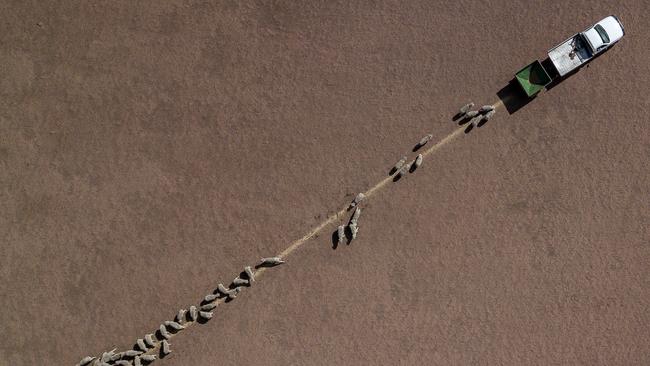
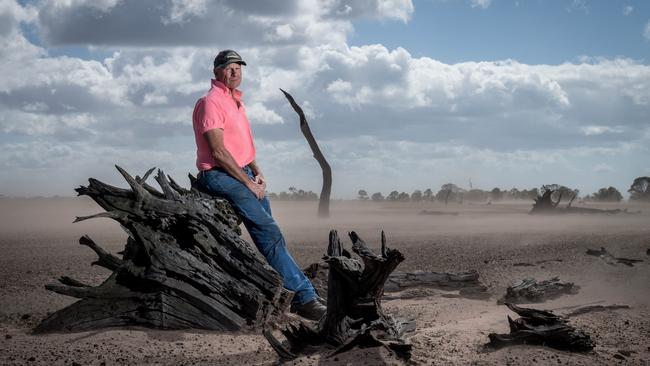
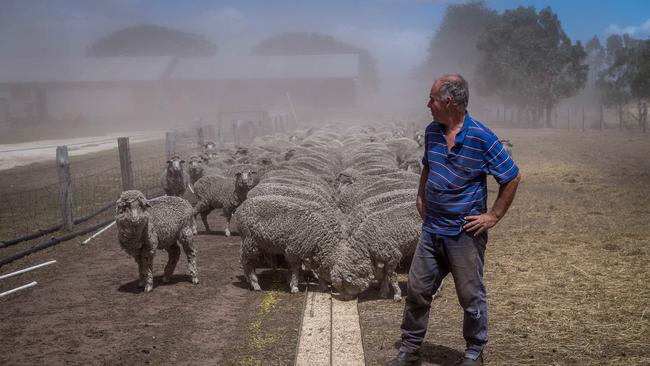
Mr Harrison says a recent farmer suicide shook him to the core.
Not only does he care for his pastures, but he has taken on an unappointed role in the district as a pastoral carer.
About 200 people gathered together on Saturday night for some social relief. He knows exactly who didn’t turn up and he’ll call them all in the coming days to check in.
“Most people are running out of money,” he says. “The feed has become very expensive. The hired help has had to go for most of us. It’s as bad as anyone can remember.”
Farmers in the worst patch of East Gippsland’s two-year drought have halved the number of animals in their paddocks.
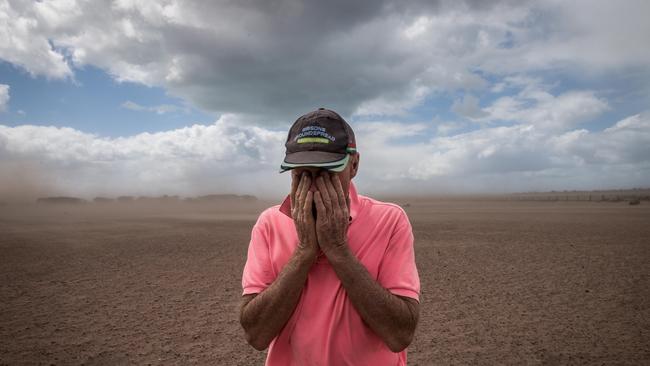
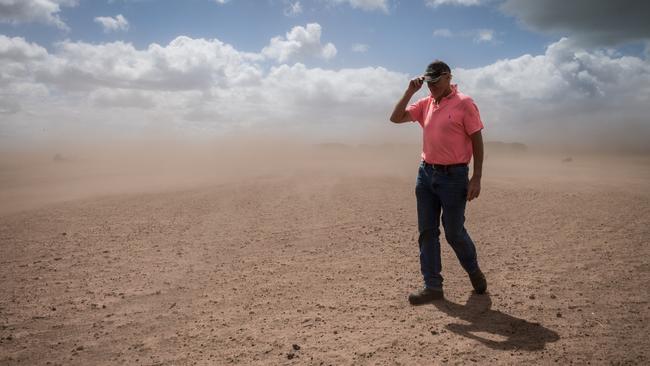
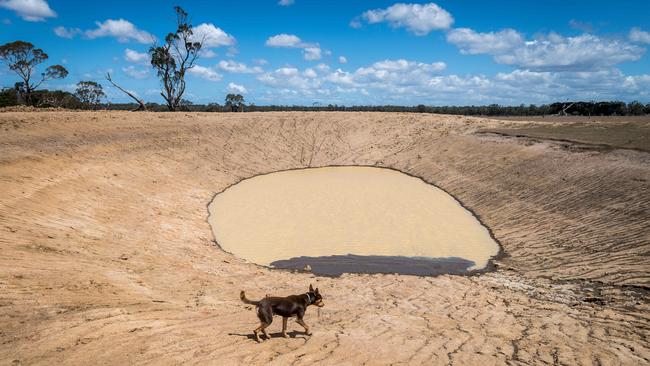
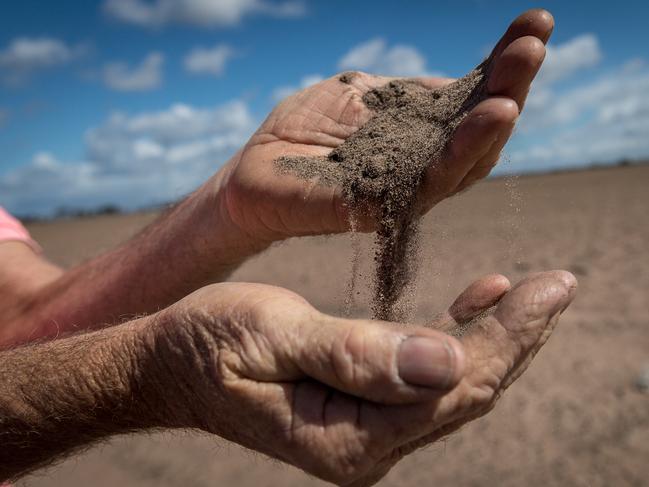
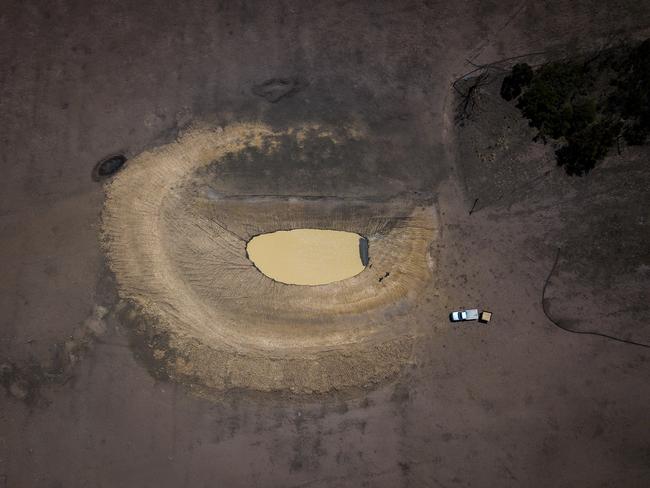

Those without access to reliable groundwater are carting it in at huge cost.
The windswept properties have had what’s left of their dams contaminated by sheep manure. Sand and silt have blocked up troughs and need to be cleared out regularly.
“It’s going to take a long time. The rain doesn’t end the drought,” Mr Harrison says.
In the past two years Giffard has had just 66 per cent over its average rainfall.
A massive dump of that arrived during the December 2017 heat, but evaporation rendered that almost useless.
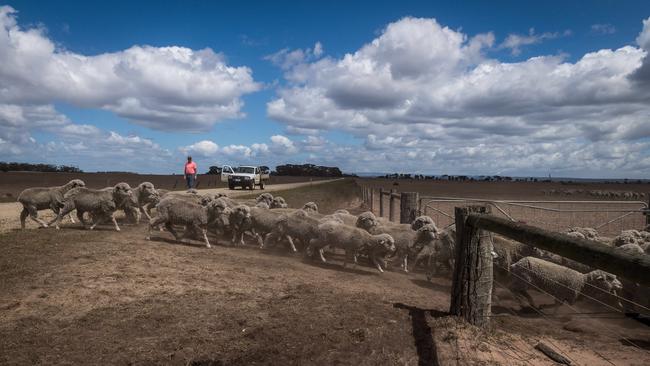
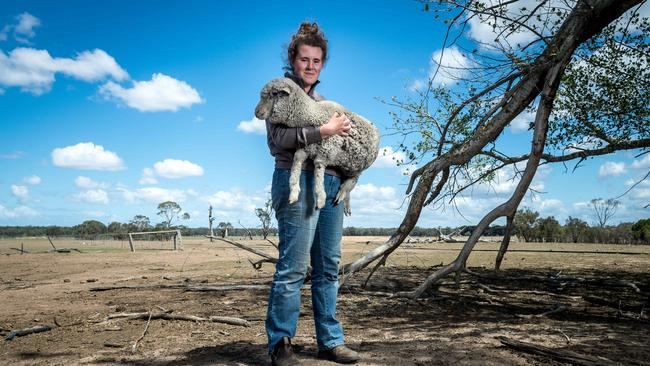
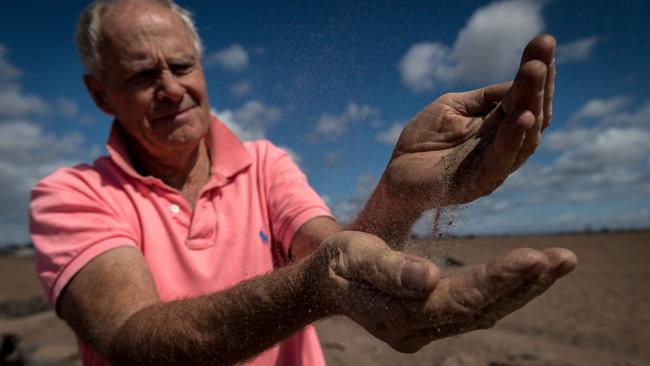
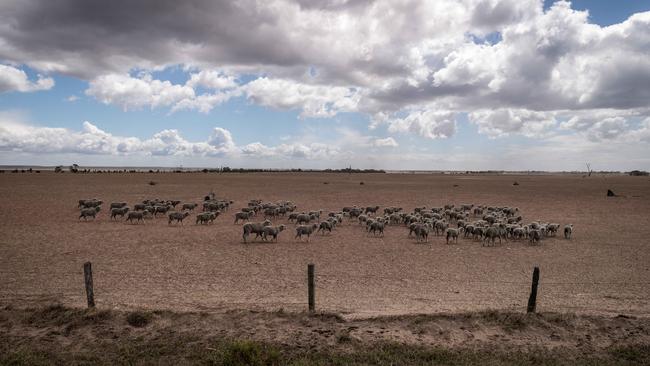
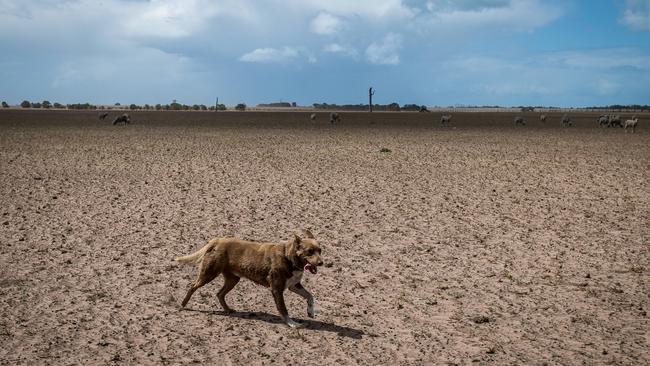
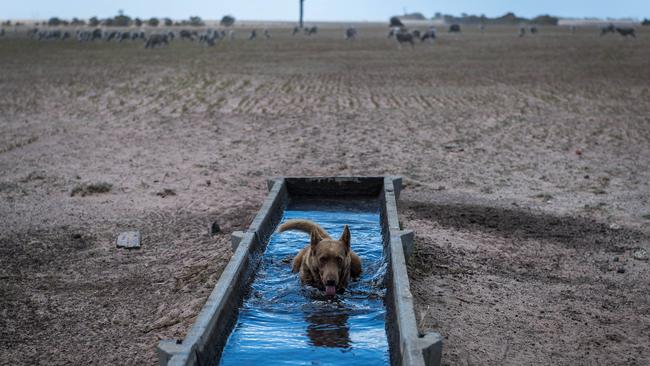
Bureau climatologist Rob Smalley says a combination of factors have given East Gippsland one of the lowest average rainfalls in Victoria over the past two years.
“Certainly there’s a very small region that’s lowest on record for this 22-month period,” Mr Smalley says.
Mr Smalley says increased daytime temperatures have contributed to the reduced rainfall.
Dan Boland says it’s the worst he’s seen in his 69 years on his family farm, a merino stud on McGuarans Beach Rd in Giffard West.
He says things might never be the same.
“The climate has changed and governments don’t want to even talk about it anymore,” Mr Boland says.
Help from government is likely to be on its way but all concede it’s rain — and plenty of it — that’s needed most.
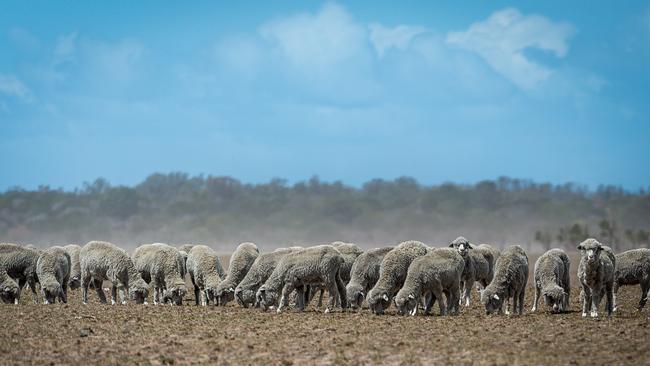
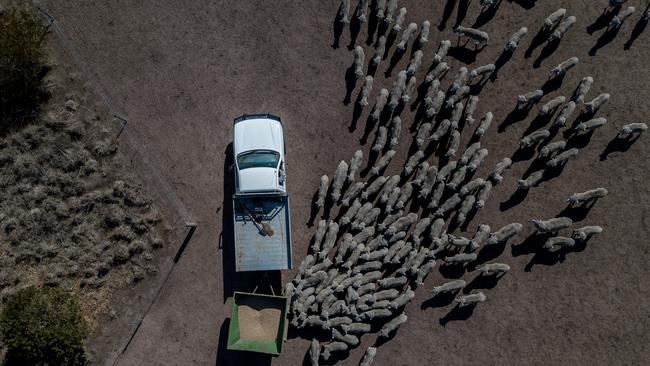


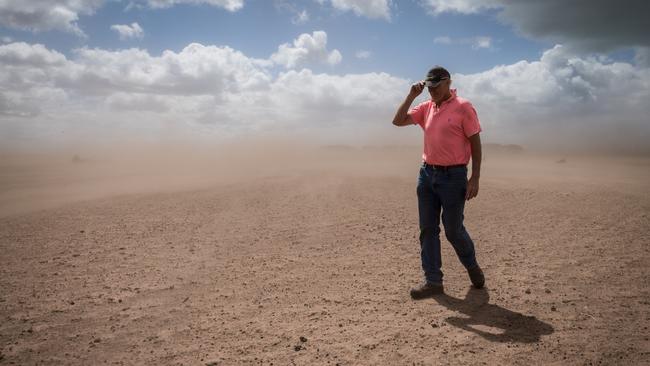
Add your comment to this story
To join the conversation, please log in. Don't have an account? Register
Join the conversation, you are commenting as Logout